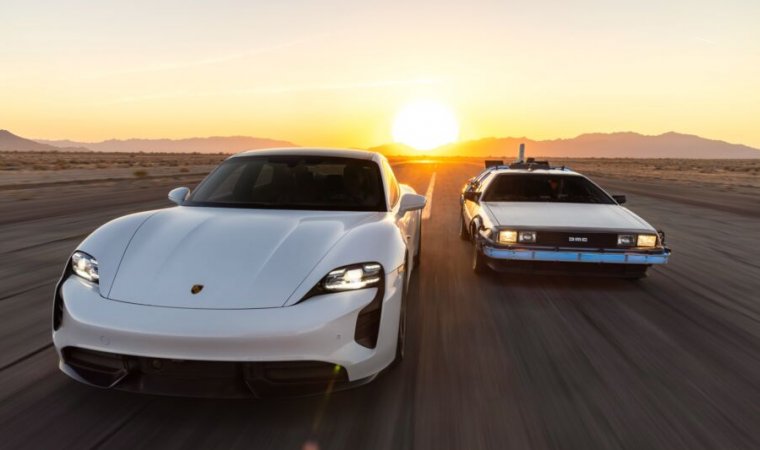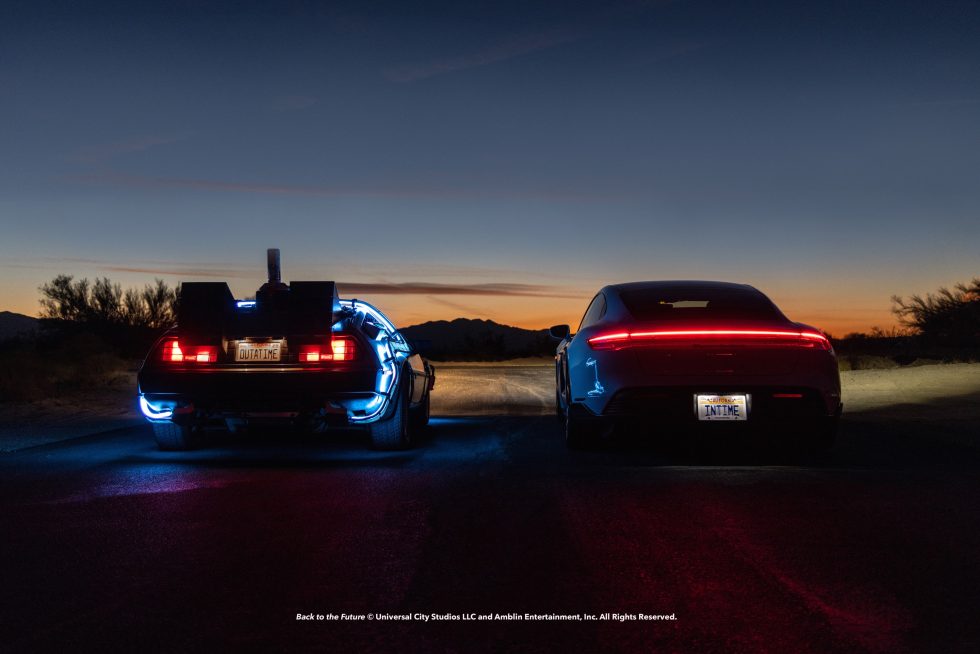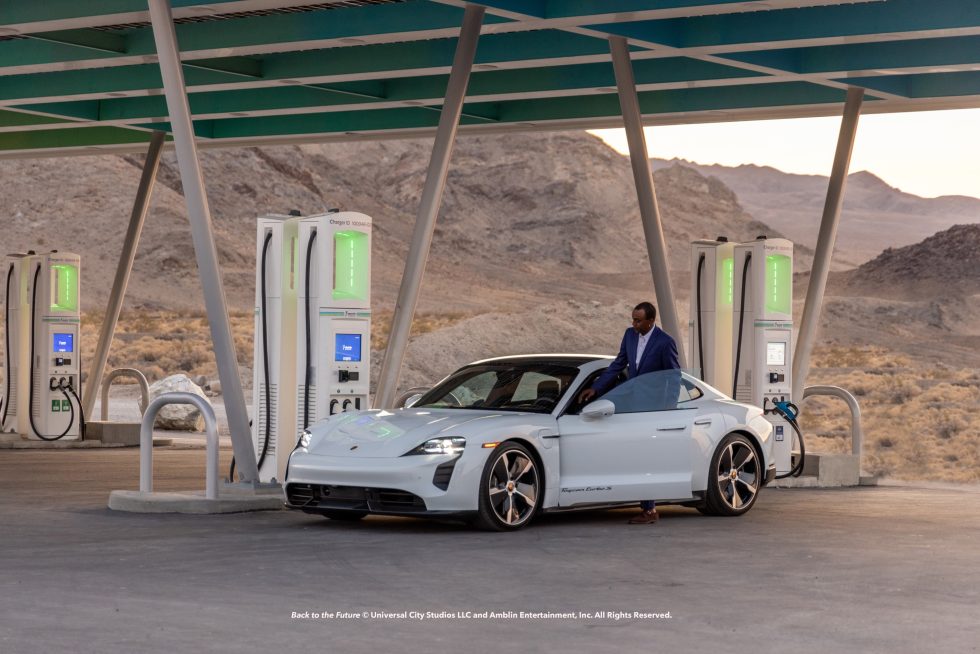

On Back to the Future day, Porsche celebrates 1.21 GW charging capacity
source link: https://arstechnica.com/cars/2021/10/porsche-celebrates-1-21-gw-of-charging-capacity-in-the-us-and-europe/
Go to the source link to view the article. You can view the picture content, updated content and better typesetting reading experience. If the link is broken, please click the button below to view the snapshot at that time.
I may have exceed 88 mph in a Taycan... —
On Back to the Future day, Porsche celebrates 1.21 GW charging capacity
The electric car failed in the 1920s because of a lack of rural electrification.
Jonathan M. Gitlin - 10/21/2021, 2:00 PM

Many of the electric vehicles we've been waiting for are finally starting to appear on our roads. But wide adoption of EVs depends on more than just the availability of the cars themselves; we also need good charging infrastructure.
Building new charging stations is not an overnight job, as it's a project fraught with red tape. But on Back to the Future day, Porsche released a whimsical video to celebrate the fact that, between the Electrify America network and Ionity (its European equivalent), there is now at least 1.21 GW of DC fast-charging capacity available for its Taycan electric cars. (And any other EV that can fast-charge via CCS or CHAdeMO chargers, of course.)
The relationship of charging infrastructure to EV adoption seems intuitive, and history confirms it. In the earliest days of motoring, electric cars had a far higher market share than their current 2–3 percent and were vying for dominance with cars powered by internal combustion engines or even steam.

A new study published in Nature Energy looked at US adoption of different types of automobiles in the first decades of the 20th century and found that the best technology did not win. "According to our estimates, electric cars were cheaper to drive in the 1920s thanks to cheap electricity. Switching to electric cars would have meant a reduction in carbon dioxide emissions in the order of 20 million tonnes of CO2 in 1920 alone," said Hana Nielsen, a postdoc at Lund University in Sweden and one of the authors of the study.
AdvertisementUnfortunately for the electric car, the electrification of rural America did not begin in earnest until the late 1930s. By this time, gas stations were ubiquitous enough to have sealed the fate of the EV for another century.
"The slow expansion of electricity infrastructure meant that many producers early on chose to invest in gasoline cars instead of electric cars. Part of the problem was that the electricity market for households was not profitable for private electricity producers," Nielsen said.

Many decades later, Tesla proved that infrastructure matters with its Supercharger network, which has been a vital asset in helping the Texas-based automaker become the leading builder of BEVs.
It took the dieselgate scandal to get a fast-charging network of the same scale for non-Tesla drivers. As part of Volkswagen Group's penance for lying to regulators about its diesel emissions, it was ordered to spend $2 billion on a network of DC chargers in the US, which led it to create Electrify America. In Europe, VW worked with several other European automakers to fund a similar network, called Ionity.
In total, the US Department of Energy reports that there are more than 6,500 DC fast chargers in the US and Canada. Of these, 1,272 are Tesla Superchargers, and 4,726 use the defacto industry-standard CCS plug. The DOE also tracks more than 42,000 level 2 AC chargers.
Recommend
About Joyk
Aggregate valuable and interesting links.
Joyk means Joy of geeK